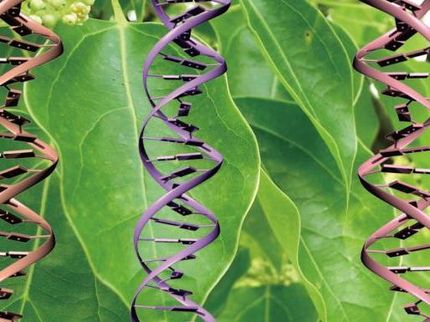Scientists discover gene that 'cancer-proofs' rodent's cells
Naked mole rat, the only known cancerless animal, has 2-tier defense against cancer
Advertisement
Despite a 30-year lifespan that gives ample time for cells to grow cancerous, a small rodent species called a naked mole rat has never been found with tumors of any kind — and now biologists at the University of Rochester think they know why.
The findings, presented in Proceedings of the National Academy of Sciences, show that the mole rat's cells express a gene called p16 that makes the cells "claustrophobic," stopping the cells' proliferation when too many of them crowd together, cutting off runaway growth before it can start. The effect of p16 is so pronounced that when researchers mutated the cells to induce a tumor, the cells' growth barely changed, whereas regular mouse cells became fully cancerous.
"We think we've found the reason these mole rats don't get cancer, and it's a bit of a surprise," say Vera Gorbunova and Andrei Seluanov, professors of biology at the University of Rochester and lead investigators on the discovery. "It's very early to speculate about the implications, but if the effect of p16 can be simulated in humans we might have a way to halt cancer before it starts."
When Gorbunova and her team began specifically investigating mole rat cells, they were surprised at how difficult it was to grow the cells in the lab for study. The cells simply refused to replicate once a certain number of them occupied a space. Other cells, such as human cells, also cease replication when their populations become too dense, but the mole rat cells were reaching their limit much earlier than other animals' cells.
"Since cancer is basically runaway cell replication, we realized that whatever was doing this was probably the same thing that prevented cancer from ever getting started in the mole rats," says Gorbunova.
Like many animals, including humans, the mole rats have a gene called p27 that prevents cellular overcrowding, but the mole rats use another, earlier defense in gene p16. Cancer cells tend to find ways around p27, but mole rats have a double barrier that a cell must overcome before it can grow uncontrollably.
"We believe the additional layer of protection conferred by this two-tiered contact inhibition contributes to the remarkable tumor resistance of the naked mole rat," says Gorbunova.
Gorbunova and Seluanov are now planning to delve deeper into the mole rat's genetics to see if their cancer resistance might be applicable to humans.





















































